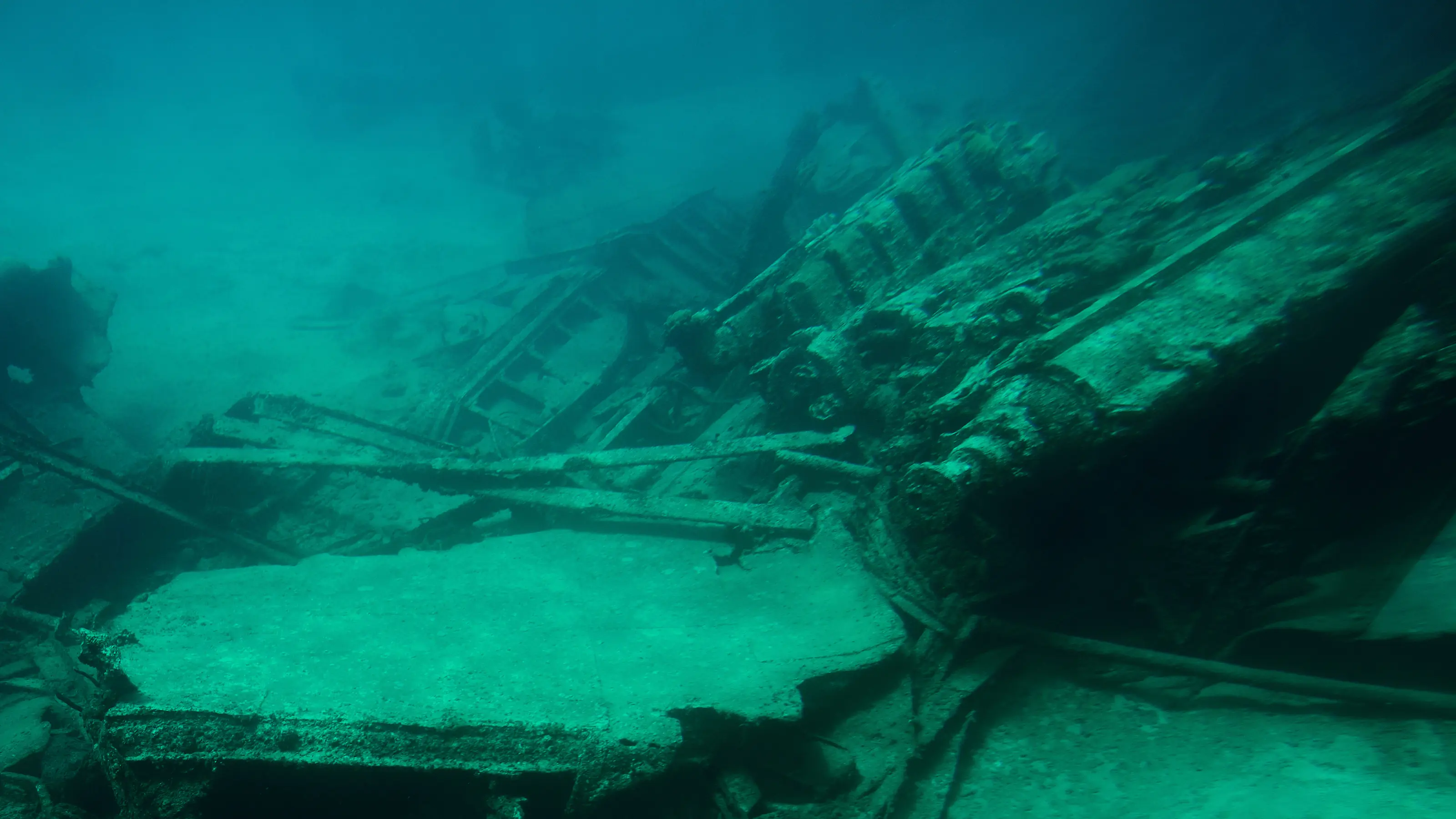Anfa—Casablanca’s Prestigious Past and Present
Anfa’s history dates back to ancient times, long before the founding of modern Casablanca. The area was originally inhabited by the Berbers, who established it as a small settlement. Historical records suggest that Anfa was a thriving port town as early as the 10th century. Its strategic location along the Atlantic coast made it an important hub for trade and commerce, connecting Morocco with other Mediterranean and European regions.
A Berber Stronghold: The name “Anfa” itself is believed to have Berber origins, meaning “hill” or “promontory,” a fitting description of the district’s elevated landscape. The Berber community in Anfa was known for its resilience and autonomy, resisting various attempts at domination by foreign powers over the centuries.
Piracy and Prosperity: During the 15th century, Anfa gained notoriety as a haven for pirates who preyed on European merchant ships. This led to several attempts by the Portuguese to conquer the town. In 1468, the Portuguese launched a military expedition that resulted in the destruction of Anfa, marking a significant turning point in its history.

Clock Tower, Casablanca, Morocco.
The Rise of Modern Anfa
Following the destruction by the Portuguese, Anfa remained relatively quiet until the 18th century, when Sultan Mohammed ben Abdallah rebuilt the town and incorporated it into the growing city of Casablanca. This marked the beginning of Anfa’s transformation into a modern urban area.
French Protectorate Era: The most significant changes in Anfa’s history came during the French Protectorate in the early 20th century. The French recognized the potential of Anfa’s location and began developing it into a residential area for the elite. The district was designed with wide boulevards, luxurious villas, and green spaces, reflecting European urban planning principles while blending them with Moroccan architectural styles.
Anfa’s Prestige: By the mid-20th century, Anfa had firmly established itself as Casablanca’s most prestigious neighborhood. It became home to diplomats, wealthy Moroccan families, and expatriates, further enhancing its reputation as the city’s most desirable address. The district’s exclusivity was cemented by the construction of the Royal Golf Anfa, one of Morocco’s oldest and most prestigious golf courses, which attracted the city’s elite.

The Anfa Conference: A Pivotal Moment in World History
One of the most significant events in Anfa’s modern history was the Anfa Conference, held in January 1943 during World War II. This historic meeting brought together U.S. President Franklin D. Roosevelt, British Prime Minister Winston Churchill, and French General Charles de Gaulle. The conference was held at the Anfa Hotel, a luxurious establishment that epitomized the district’s opulence.
Strategic Discussions: The Anfa Conference was a crucial moment in the Allied war effort. During the meeting, the leaders discussed strategies for the North African campaign and the subsequent invasion of Italy. The conference also marked the first time that Roosevelt and Churchill publicly expressed their support for Moroccan independence, a stance that would significantly influence the country’s future.
Legacy of the Conference: The Anfa Conference is remembered as a turning point in both World War II and Moroccan history. It underscored Anfa’s importance on the global stage and solidified its place in the annals of history. Today, the site of the conference remains a point of pride for Casablanca, symbolizing the district’s unique blend of local heritage and international significance.

Anfa Today: A Blend of History and Modern Luxury
Today, Anfa continues to be one of Casablanca’s most sought-after neighborhoods. While much of its historical charm has been preserved, the district has also embraced modernity, with upscale developments that cater to the city’s elite.
Anfa’s Architectural Heritage: Walking through Anfa, one can still see the remnants of its colonial past, with many of the original villas and buildings from the Protectorate era standing as testaments to its rich history. These structures, often surrounded by lush gardens, offer a glimpse into the luxurious lifestyle of Anfa’s early residents.
Modern Developments: In recent years, Anfa has undergone significant development, with the construction of high-end residential complexes, shopping centers, and business districts. The AnfaPlace Mall and the nearby Casablanca Finance City are examples of how the district continues to evolve, balancing its historical roots with contemporary urban living.
Green Spaces and Leisure: Anfa is also known for its green spaces, including the Royal Golf Anfa and several parks that provide a serene escape from the hustle and bustle of the city. The district’s coastal location offers stunning views of the Atlantic Ocean, making it a popular destination for leisure and relaxation.
Anfa—Casablanca’s Jewel of History and Prestige
Anfa’s history is a rich tapestry woven from the threads of ancient Berber settlements, colonial ambitions, and modern luxury. From its early days as a thriving port town to its role in shaping the destiny of nations during World War II, Anfa has always been at the crossroads of history. Today, it stands as a symbol of Casablanca’s past and present, a place where history and modernity coexist in perfect harmony.
For those exploring Casablanca, a visit to Anfa is not just a journey through the city’s most exclusive neighborhood but a step back in time, where every street and building tells a story of a district that has always been at the heart of Morocco’s history and identity.



